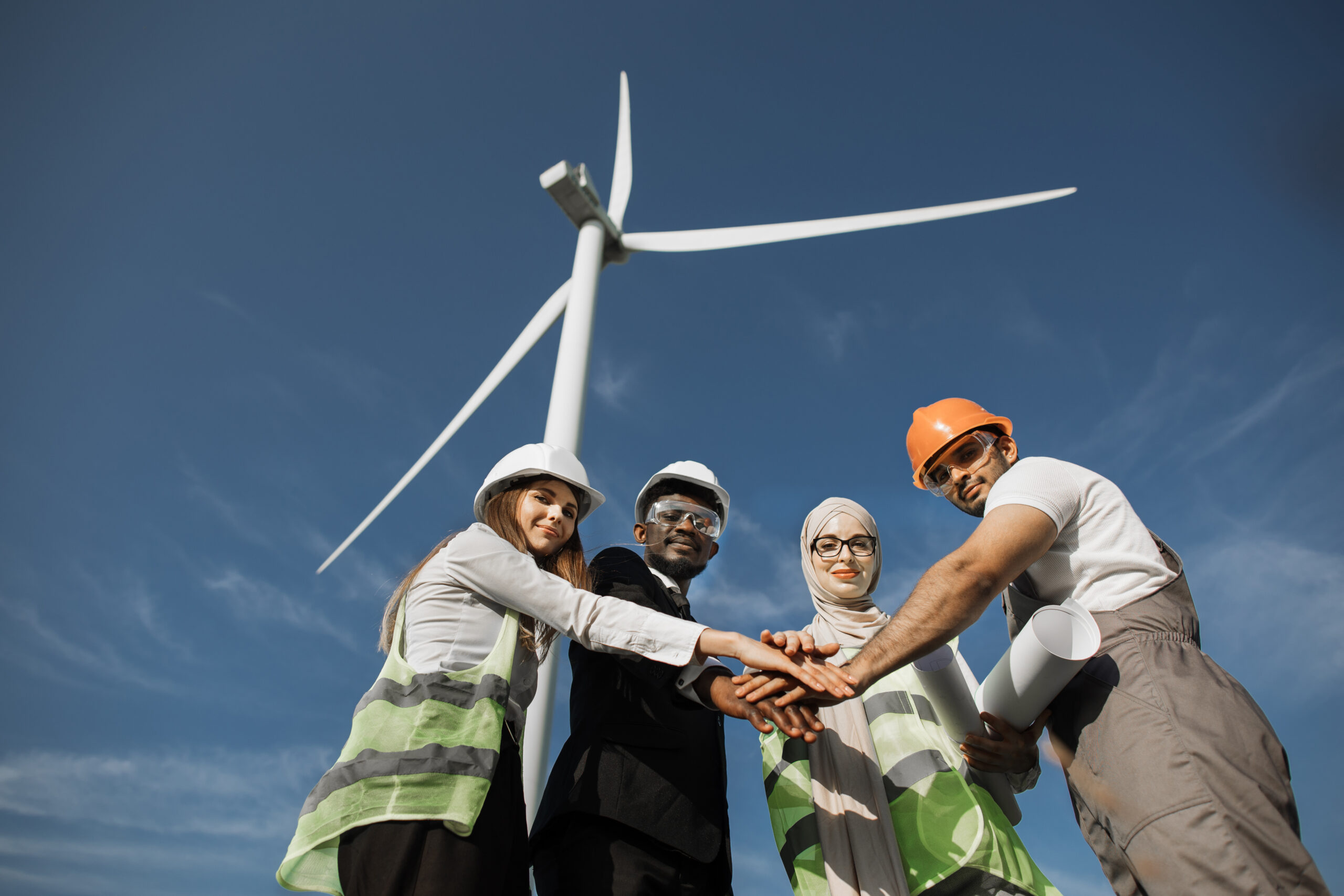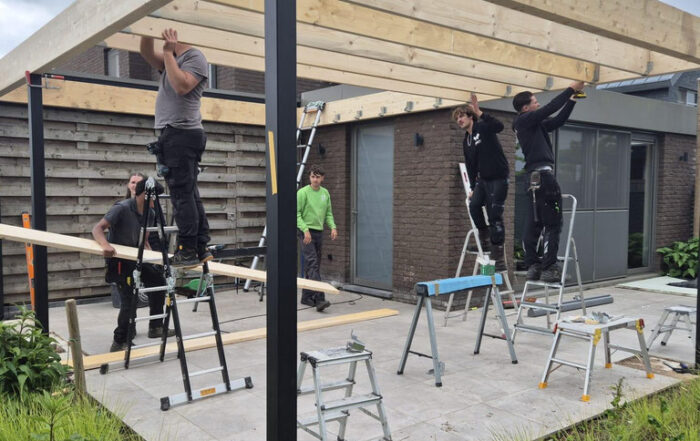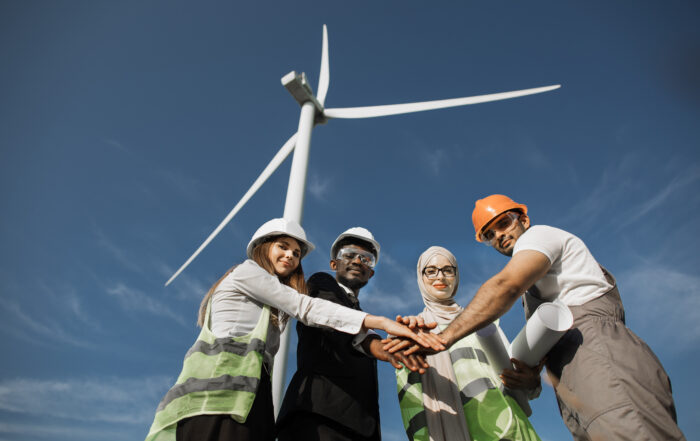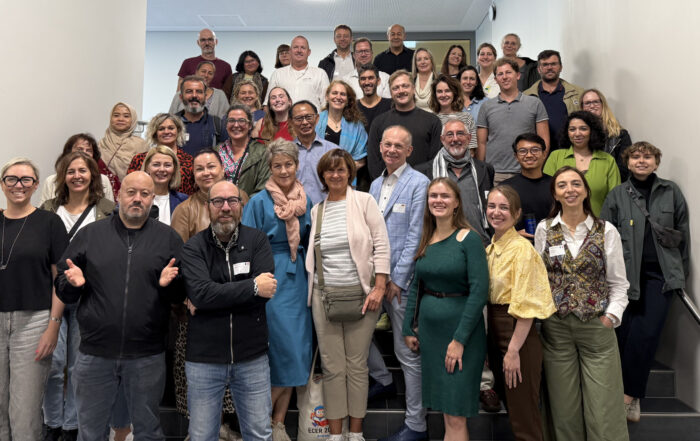What Does VET Have to Do with the Green Transition?
The green transition is no longer just a buzzword – it is a reality reshaping our economies, societies, and the way we live and work. While governments and industries set ambitious goals for climate neutrality, one crucial question remains: who will actually make it happen?
The answer lies largely in us – the Vocational Education and Training (VET) community.
What Can We Do as a VET School?
- Update our curricula
Integrate sustainability principles, topics, and green practices across all subjects – especially in cross-disciplinary areas such as employability pathways. Embedding sustainability in everyday learning helps students understand its relevance in every professional field. - Collaborate with companies
Work closely with businesses to design training programmes aligned with the latest green technologies and sustainable practices. Help companies become more aware of their role in the transition. The internship coordinator plays a key role in ensuring that placements contribute to real sustainability learning. - Promote innovation
Encourage students to develop creative, eco-friendly solutions within their areas of expertise. Teachers are central to inspiring this mindset and fostering a culture of innovation and responsibility.
A Shared Responsibility
The green transition is not just a challenge – it is also an opportunity for VET to demonstrate its crucial role in building a sustainable future. Policymakers, businesses, educators, and students all share the responsibility of preparing the workforce for a greener economy. If we, as VET institutions, embrace this mission, we will not only enhance students’ employability but also make a lasting contribution to a cleaner, more sustainable planet.
*This blog post was written by our VET school partner ICCIC.
Subscribe to our newsletter to stay updated and never miss our upcoming blog posts, offering direct insights from the people working in the field of VET.









